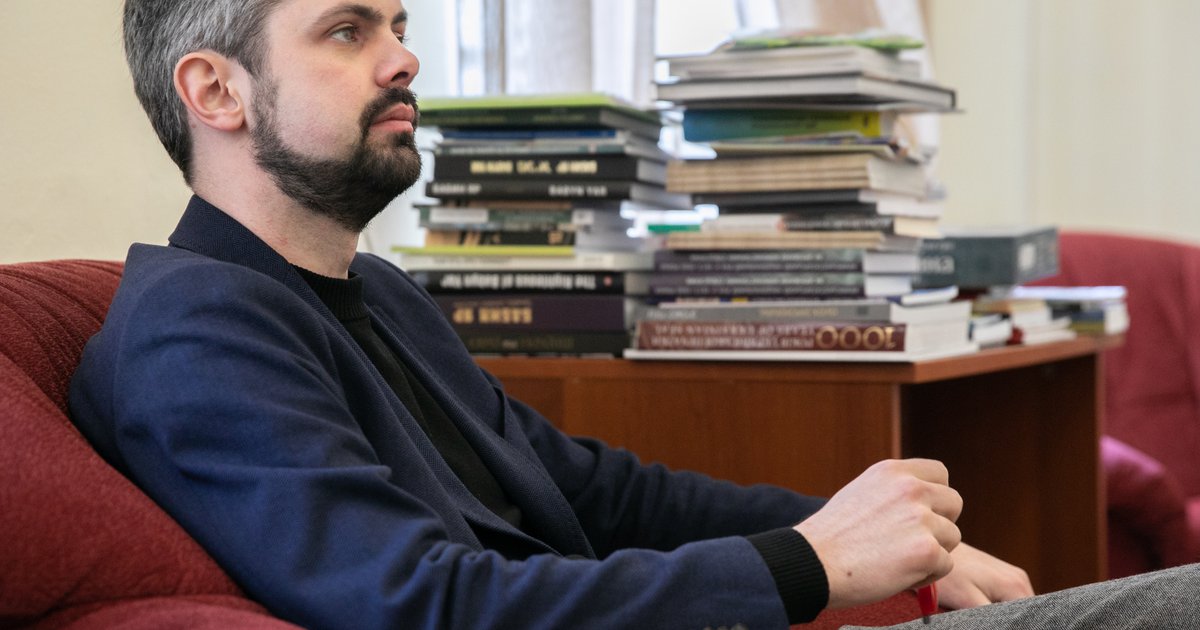
The Kmytiv Museum is planning the creation of a multi-disciplinary space where Soviet art can be exhibited. This wouldn’t be a “Soviet Art ghetto”, but a space in which a reinterpretation and understanding of the emotional, political, civil, aesthetic and ethical experience of the lives of people who lived through Soviet reality can take place. You can’t just simply remove a sculpture or other work of art from a public space – that doesn’t provide any profound level of reinterpretation of the past. Of course, people need to understand the criminal nature of the Soviet regime, but we won’t achieve that goal by removing works of art.
On a day to day level, memories are often contradictory: people in the same town or village remember events differently. How can a dialogue be created between them?
A dialogue can arise in any situation, as long as everyone wants it. Memory is very subjective: people can hold diametrically opposite views of the same event. And there’s no guarantee that either of them will be right. In some cases, none of the participants in a conversation remember the true facts of the matter.
The Institute runs several oral history projects, including some devoted to the Maidan and the Revolution of Dignity, as well as Ukrainian dissidents and the democratic movement at the end of the Soviet era: we even cover memories of the Holodomor and the Second World War. Very often the most interesting – and at the same time, the most complex – way of working thing is to list memories in chronological order in such a way as to adequately evoke the era. When I say “adequate”, I mean providing a multifaceted view of a situation, a broad range of opinions. We know, for example, that people were killed during the Revolution of Dignity. We have the memories of witnesses and participants, as well as family members. But the oral history format is inadequate on its own. It’s essential to also study documents, video and facts, as well as archive and other documents and materials that confirm these facts. All these elements are necessary to construct a complete picture of events.
So how can memory “hot off the press” be verified?
The most important thing is to take note of new facts and keep them safe in your memory. An awful lot of details held in one’s memory only become substantial and important later. Memories need to be recorded while they are still fresh. Thinking through them and making sense of them is also important, and needs to commence as soon as possible. This is also one way of coping with trauma. We know that traumatic memory is a different kind of memory than heroic memory. And working with it creates a number of things, including a social-therapeutic effect. When institutions (state and non-state) work with people experiencing traumatic memory in a systemic way, it helps to lessen general social tension. And this kind of work helps conserve knowledge about a certain era. It is, after all, the bearers of memory who go on to create snapshots of certain eras. And working to record memories straight away is the best way to conserve shared values.
Tell me about the work of the Museum of the Revolution of Dignity
The museum runs two projects. The first is the Museum of the Revolution of Dignity, which is located inside the Institute. We held an international competition to choose the architects for the design, won by the German firm kleihues+kleihues, who should soon start work on the project. The museum itself has been in operation for several years, with its staff putting together collections of artifacts and oral history materials, run conferences and so on, effectively providing for the institutional growth of the museum.
PrintKateryna Iakovlenko | Radio Free (2020-06-11T10:22:21+00:00) “Our task today is to discuss history’s complexities without oversimplifying them”. Retrieved from https://www.radiofree.org/2020/06/11/our-task-today-is-to-discuss-historys-complexities-without-oversimplifying-them/
Please log in to upload a file.
There are no updates yet.
Click the Upload button above to add an update.